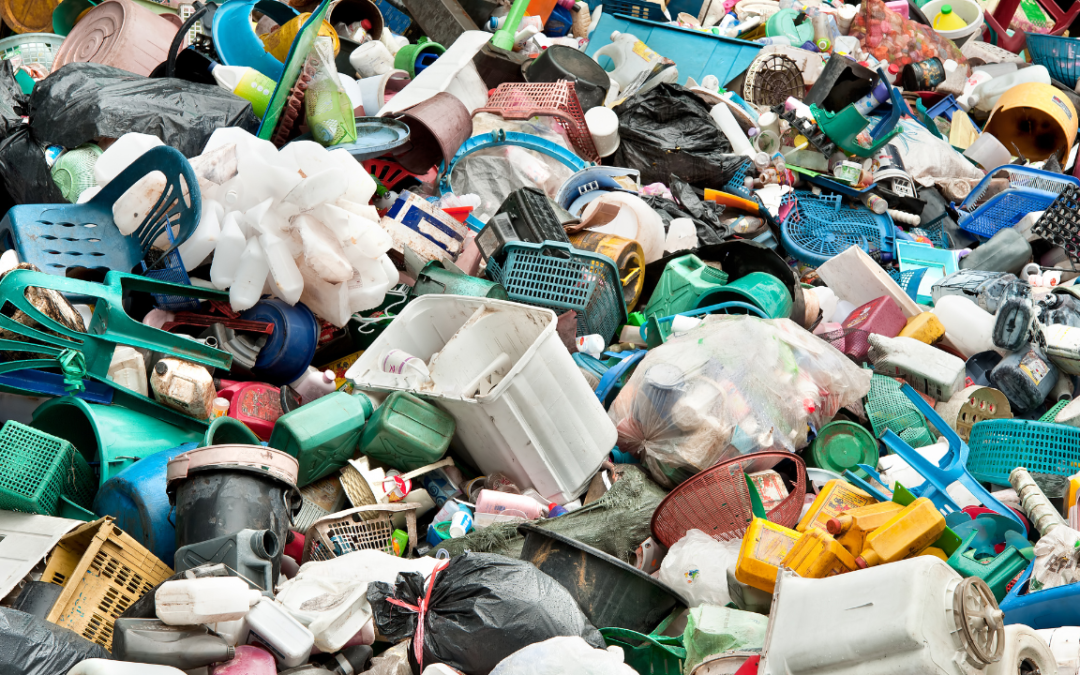Introduction
We all know the phrase “reduce, reuse, recycle” – but do we truly understand the impact of recycling? Recycling is the process of converting waste materials into new products, which can be reused instead of discarded. It’s a simple concept, but one that can have a significant impact on our planet and our wallets. In this article, we will explore the advantages of recycling, from reducing waste and conserving resources to creating jobs and saving money. Let’s dive in!
The Environmental Advantages of Recycling
The advantages of recycling for the environment are numerous and significant. Here are just a few of the ways that recycling can help protect our planet:
1. Reducing Waste
One of the most obvious advantages of recycling is that it helps to reduce waste. When we recycle materials like paper, plastic, glass, and metal, we divert them from landfills and incinerators, where they would otherwise take up space and contribute to pollution. By reducing the amount of waste we produce, we can help to conserve valuable resources and protect the environment.
2. Conserving Resources
Recycling also helps to conserve natural resources. When we recycle materials, we reduce the need to extract raw materials from the earth, which can be a destructive and energy-intensive process. For example, recycling one ton of aluminum saves 14,000 kilowatt hours of energy, 40 barrels of oil, and 10 cubic yards of landfill space. By conserving resources, we can help to minimize the impact of human activities on the planet.
3. Decreasing Pollution
Recycling can also help to decrease pollution. When materials are sent to landfills or incinerators, they can release harmful chemicals and greenhouse gases into the environment. For example, when organic waste decomposes in landfills, it releases methane, a potent greenhouse gas that contributes to climate change. By recycling materials, we can help to reduce the amount of pollution generated by human activities.
4. Saving Energy
Recycling also saves energy. When we recycle materials, we use less energy than we would if we were producing new materials from raw materials. For example, recycling paper uses 60% less energy than making paper from virgin wood pulp. By saving energy, we can reduce our dependence on fossil fuels and help to mitigate climate change.
The Economic Advantages of Recycling
In addition to its environmental benefits, recycling also offers economic advantages. Here are some of the ways that recycling can save us money:
1. Creating Jobs
Recycling creates jobs. According to the Institute for Local Self-Reliance, recycling creates 10 times more jobs per ton of waste than landfilling. Recycling jobs can include collecting and processing materials, manufacturing new products, and selling recycled goods. By investing in recycling infrastructure, we can create new jobs and support our local economies.
2. Reducing Costs
Recycling can also help to reduce costs. When we recycle materials, we save money on waste disposal fees and landfill costs. In some cases, we may even earn money by selling recycled materials. For example, the value of aluminum cans is about 60 cents per pound, so recycling a ton of aluminum cans can generate about $1,200 in revenue. By reducing costs, we can save money for ourselves and our communities.
3. Conserving Resources
Recycling also helps to conserve resources, which can save us money in the long run.
When we recycle materials, we reduce the demand for virgin materials, which can be expensive to extract and process. By using recycled materials instead of virgin materials, we can save money on production costs and reduce our reliance on costly imports.
4. Increasing Revenue
In addition to saving money, recycling can also increase revenue. By creating new products from recycled materials, we can generate revenue from the sale of those products. For example, recycled materials can be used to create everything from new paper products to building materials to clothing. By tapping into new markets for recycled goods, we can create new revenue streams for ourselves and our communities.
FAQs: Frequently Asked Questions about Recycling
- What are some common materials that can be recycled? Common materials that can be recycled include paper, cardboard, glass, plastic, metal, and electronic waste.
- How can I recycle at home? To recycle at home, you can start by separating your recyclables from your non-recyclable waste. Many communities offer curbside recycling programs that allow you to place your recyclables in a designated bin for collection. You can also take your recyclables to a local recycling center.
- Why is it important to recycle? Recycling is important because it helps to conserve natural resources, reduce waste, decrease pollution, save energy, create jobs, and save money.
- Can I recycle items with food residue? It depends on the item and the level of contamination. In general, it’s best to rinse out food containers before recycling them to prevent contamination.
Conclusion
In conclusion, the advantages of recycling are numerous and significant. Recycling helps to protect our planet by reducing waste, conserving resources, decreasing pollution, and saving energy. It also offers economic benefits by creating jobs, reducing costs, and increasing revenue. By making recycling a part of our daily lives, we can help to build a more sustainable future for ourselves and future generations. Remember: reduce, reuse, recycle!

Recent Comments